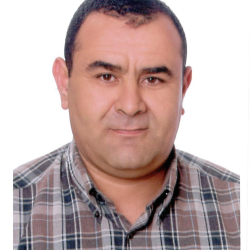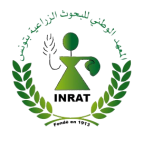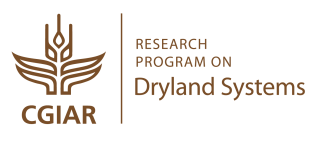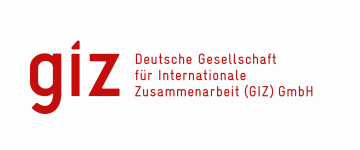The scientific interest of the present research proposal is to test new and existing models of technology transfer rigorously and to evaluate them (output 1) .
The 700 female and male farmers participating in the experiments will receive specific improvements. Through the different combinations of improved access to inputs, technical information and or market information, according to the respective treatment group, the female and male farmers will be able to reduce their forage costs by improved forage yields and forage production technologies. Further, farmers will be able to increase their income by selling more and better quality lambs through improved sheep production and feeding technologies (Output 2) as well as by reducing their transaction costs through improved access to retailers and a market price information system (Outcome 1). This will lead to increased agricultural productivity within the group of the 700 participating farmers (Goal 4). However, the scientific interest goes far beyond these specific improvements for the farmers directly participating in the research. The aim is to compare adoption, productivity and income (as outcome variables) in order to evaluate the most cost-effective technology transfer options (Output 1). Based on this evaluation a strategy for the Tunisian government is developed on how to increase and facilitate the adoption of innovative agricultural technologies in a cost effective and gender sensitive way (Output2). Based on the results of the evaluation of the RCT experiment a manual, brochures and blogs are elaborated and published. The information of the policy manual will be published on the web as well as the similarity maps that will facilitate scaling to other WANA countries. The results of the RCTs are further published in peer-reviewed journals as well as in policy briefs and presented at conferences and workshops .The strategy developed, the web based manual and the publications will initiate a process of organizational learning and discussions within the CGIAR system, the NARES agencies, within the GIZ agricultural program, the GIZ innovation center and with other development stakeholders on how to organize technology transfer in a more cost-effective way (Outcome 1). Based on the organizational learning process agricultural services (governmental, private services and NGOs) will be able to apply more cost-efficient and results oriented technology transfer strategies (Goal 1). It is also expected to initiate other RCT experiments in other WANA and/or Sub-Saharan Africa countries to test other model components of innovative technologies in order to scale the results (Goal 2). The ultimate goals are to increase smallholder farmers' access to relevant agricultural services and to improve farmers' access (especially female farmers) to innovative technologies (Goal 3). This will increase agricultural productivity and make use of underutilized agricultural potentials (Goal 4) and lead to more stable and higher per capita income for intensifiable households for at least 56,000 indirect beneficiary households within the communities of arid and semi-arid Tunisia. However by scaling the results to the entire WANA region, even more female and male farmers can be reached (CRP 1.1, IDO 2).














